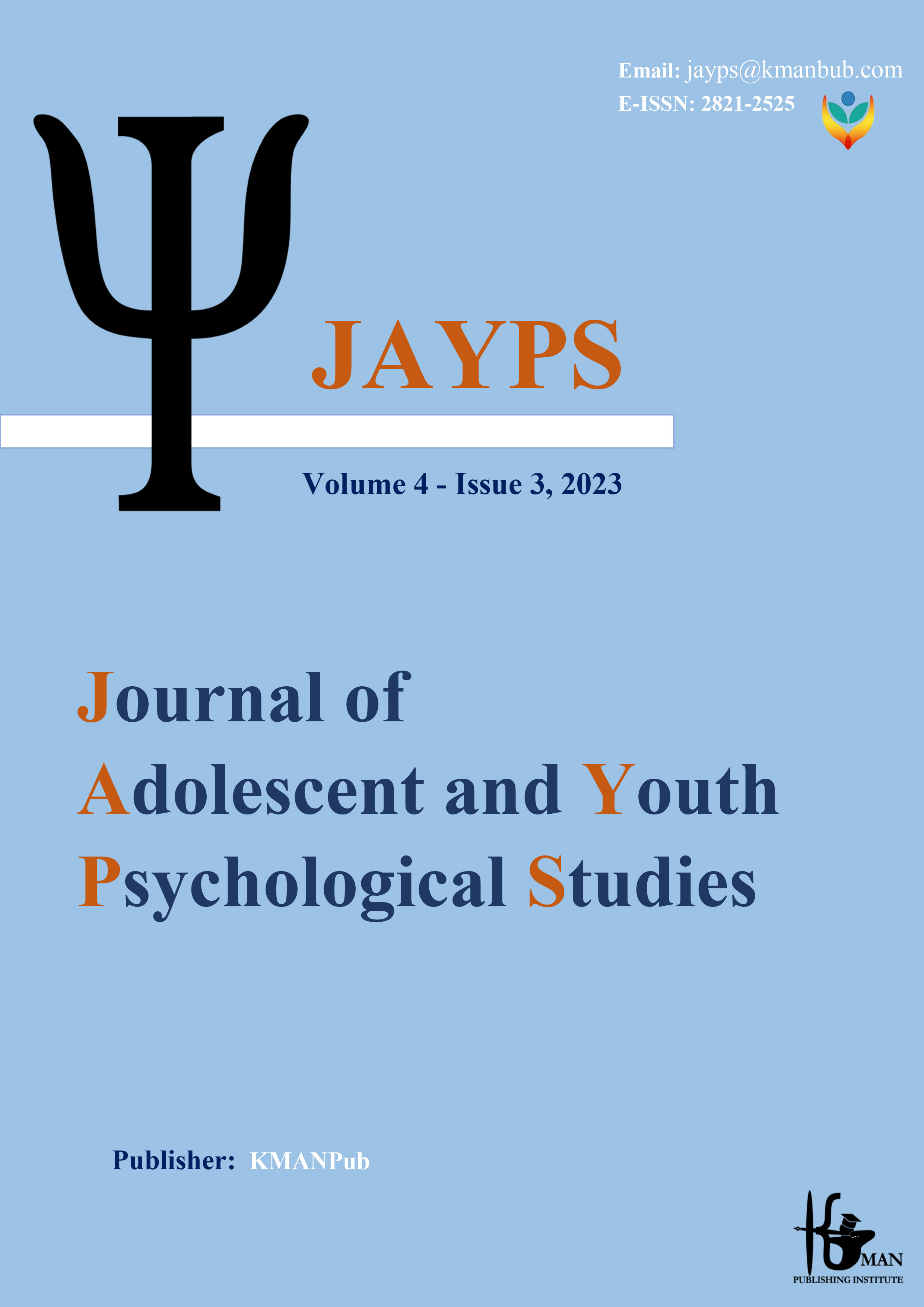Modeling borderline personality symptoms based on attachment: the mediating role of self-differentiation and mentalization
Keywords:
borderline personality, attachment, self-differentiation, mentalization.Abstract
Background and Aim: Borderline personality disorder is a complex and serious mental disorder that is characterized by a pervasive pattern of problems in regulating emotions and controlling impulses, and instability in interpersonal relationships and self-concept. The aim of the present study was to model borderline personality symptoms based on attachment: the mediating role of self-differentiation and mentalization. Methods: The current research is descriptive and correlational (using structural equation modeling). The statistical population studied in this research included all the female and male students of the undergraduate and postgraduate courses of Tehran Azad University who were studying in the academic year 2019-20. The sample of the present study included 370 people who were selected by purposive sampling. Data were collected using the Borderline Personality Questionnaire (Lishnernig, 1999), the Revised Close Relationships-Relationship Structure Questionnaire (Fraley, Valero Brennan, 2000), the Self-Differentiation Questionnaire of Skorn and Friedlander (1998) and the Reflective Action Scale of Fonagy et al. 2015) was obtained. In the present study, the mean, standard deviation, correlation and normality of the distribution of research variables were investigated using descriptive statistics. Also, in order to analyze the data and answer the research questions, the structural equation modeling method is used, which after confirmatory factor analysis - in the measurement model part, in the structural equation model part, the existing causal relationships between the variables are examined. In the part of the structural function model, the intensity of the causal relationships (direct, indirect and total) between the underlying variables and the amount of variance explained in the whole model is specified. SPSS and Amos version 21 software were used for this purpose. Results: The results showed that attachment (β=0.41), self-differentiation (β=0.24), and mentalization (β=0.28) have a direct effect on borderline personality symptoms (P<0.001). Self-differentiation and mentalization had a mediating role in the relationship between borderline personality symptoms and attachment. Conclusion: As a result, it can be concluded that the modeling of borderline personality symptoms based on attachment with the mediating role of self-differentiation, and mentalization has a favorable fit.
Downloads
Downloads
Published
Issue
Section
License

This work is licensed under a Creative Commons Attribution-NonCommercial 4.0 International License.









